According to Software Advice, a website that reviews and recommends EMR systems, newsletter marketing programs can help medical practices in the areas below.
- Keeping your name and practice in front of patients and referral sources.
- Reinforcing your authority in your field of practice.
- Encouraging more word-of-mouth marketing.
- Building relationships with referral sources.
To help providers understand industry best practices for a newsletter marketing campaign, Steve Klinghoffer, president of WPI Communications, in his blog on The Profitable Practice, summarized the following 6 keys to success:
1. Know your brand. Use the colors and fonts you already use in your current marketing materials. This establishes your brand and, more importantly, the email will look familiar and trustworthy. As a reflection of your brand, your newsletter should be professional and reiterate your expertise.
2. Build email lists with quality targets. Ask every patient or referring healthcare provider for an email address, and build your email list. When you ask for an email address, describe the content you intend to send. Assure people you will not bombard them with emails, share their addresses or send spam — ever. A prominent “subscribe” button on your website and social media pages can also help build your database.
3. Develop interesting, relevant content. This is perhaps the most important piece of advice. You know from your own experience that many emails go unopened or unread. Fortunately, there is a reliable antidote to this problem: high-quality content that your readers want to read. Instead of talking about yourself, educate your readers about health issues important to them. Bottom line: Your objective is to teach, not sell. Done right, a newsletter will convince readers that they need your expertise.
4. Create a great subject line. The best email subject lines are short, descriptive and targeted, and they provide the reader with a reason to explore your message further. Like a good newspaper headline, an email subject line should let the reader know what’s inside.
5. Stick to a regular email schedule. If your newsletters are interesting, your readers will anticipate them. Building this loyalty takes time. Be patient, and continue to send your electronic newsletters on a regular basis. At the same time, don’t send so many emails that your readers become annoyed. They will unsubscribe. Klinghoffer said in his experience a monthly email newsletter works best for patient audiences, while quarterly is more appropriate for referring healthcare providers.
6. Keep an eye on your return on investment. Most email marketing providers supply useful reports that tell you who has opened your emails, clicked links and forwarded your emails. This can help you shape content for future newsletters. When new patients call your office, ask them how they heard about your practice. If existing patients call about a procedure highlighted in a recent newsletter, ask if they saw that topic in the newsletter. These answers can provide a wealth of information about the success of your marketing tactics. Record this information; it will be crucial to planning your ongoing marketing efforts.
Finally, remember that your marketing efforts should be seen as an investment that generates a return. Klinghoffer said that for many of the healthcare practices he works with, one or two new patients pay the cost of a newsletter program for an entire year.

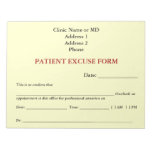
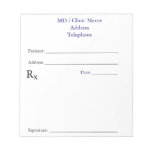
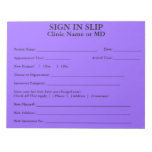
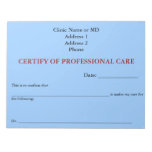
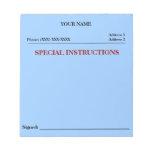
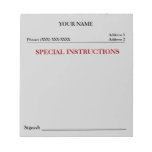

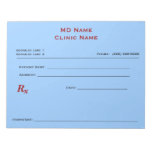
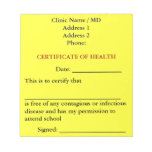
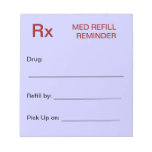
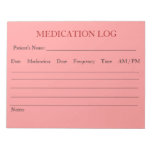

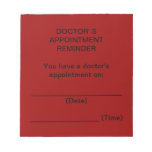
No comments:
Post a Comment